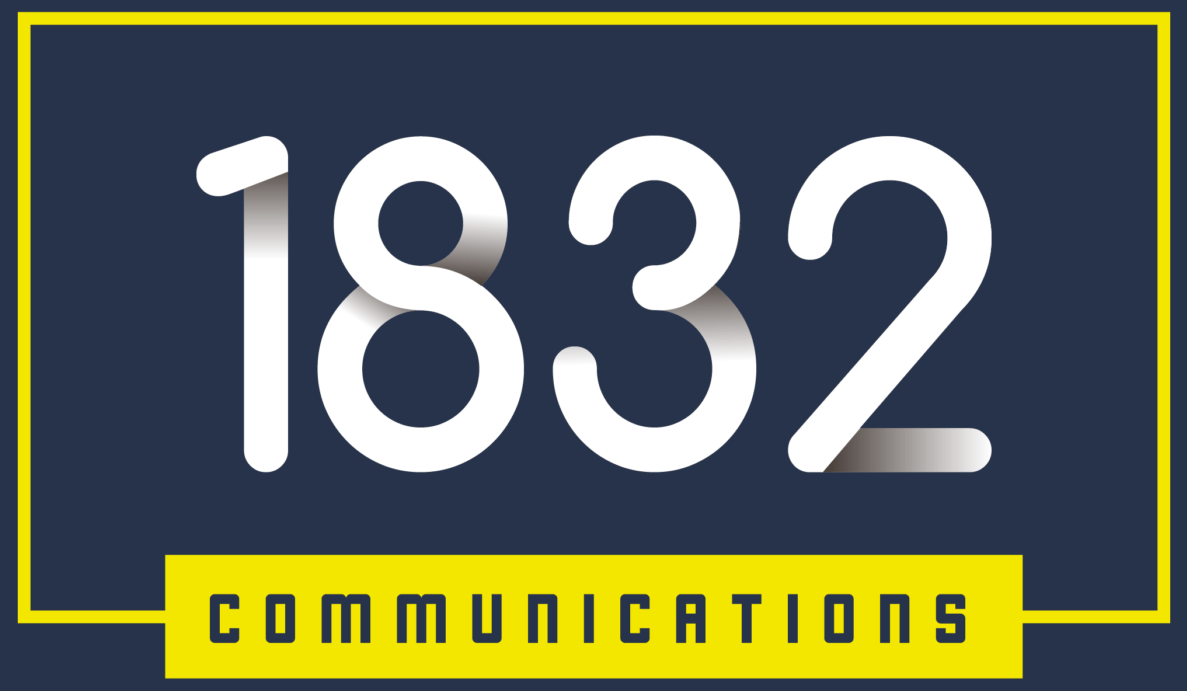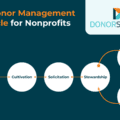I am a third generation nonprofit executive and fundraiser. Proud of that fact!
My dad always taught me: Don’t look in other people’s pockets. Just because you think they have X doesn’t make it so. You have no idea what goes on behind closed doors and what they actually have to give.
On the outside someone may look well to do but you don’t know that they’re paying out of pocket for their parents health issues; they’re paying full college tuition for two kids; they’re going thru a divorce.
As you can see by the above tweets (and there’s plenty more) I am consistent. Doesn’t matter who the person is. Stop looking at what you think they can/should give. Say thank you for their gift, use retention best practices and lo and behold they’ll keep giving.
But when you treat major donors as a 💰️ 🐄 , when you view them as if they have a big 🎯 on their forehead, when you do a wealth screening and just assume person X will make it rain, you are shooting your organization in the foot.
Today’s pain point is how organizations view major givers and what needs to change.

They sense your disappointment… and it hurts
Over the last year I’ve talked to many nonprofits and donors. Trying to understand how both sides view the relationship.
One thing has become abundantly clear: As more organizations chase the big bucks, their view of larger givers needs some fixing.
Major donors are VERY generous with their money and time. They are HAPPY to give! Just like you, they want to make their community and the world a better place.
But when you view their generosity only thru the lens of “well, they could give way more” you’re gonna lose those donors.
I’m going to paraphrase a collection of chats I’ve had. Please read this and try to understand how things look from a donor’s perspective:
“How do donors find me? Probably my name gets passed around on various lists. They did some wealth screening and found my name. The assumption is I’m worth X and should be able to give organization Y a five to six figure donation when they ask.
But here’s the thing: You’re not the only organization I’m seeing today! There are another five people who will be coming by to meet me. Like you, each of them assumes I’m only giving to them and therefore I can give a large amount. But I want to spread the wealth and help as many as I can! That means giving to more organizations but less to each.
Maybe I have made obligations to other organizations and I’m on a specific timetable for giving those donations. That means that right now I can’t help you at the level you’re assuming.
I happily invite them in and listen to their description of their mission and impact. The program sounds great but it’s not what I’m interested in funding. I give them something but not a large donation.
What bugs me most is that the fundraiser isn’t happy with my gift. From the look on their face it’s clear they expected much more.”
Here’s what happens after the donor says how much they can give: They can see the disappointment and frustration on the faces of the CEO and fundraiser. The donor FEELS that and it hurts them.
Think they’ll give again? Nope.
Rather than being thankful for their generosity, these donors get judged harshly for not giving enough. (And then we wonder why so many people are putting money in DAFs and giving it out when they want. It’s not a coincidence!)
Why bring this up now? I’ll assume you’ve been watching the news over the last week. I’ll bet many of your bosses and Boards are considering cutting everything to the bone because there might be an economic downturn or even a recession. At the same time they’re demanding you bring in max money TODAY.
Which means you’ll be relying even more on major givers.
Wanna go from survival to thrival? Major donors can play a big part in that. But only if we stop looking at them like they’re Daddy Warbucks and not people like you who have commitments, values, wishes and desires.
The Pareto principle could apply to your organization. 80% of your overall revenue will come from 20% of your donors. So it would make sense to build relationships with the 20%, connect with them, engage them, make them feel all the love.
Pissing them off? There goes a potential large donation this year and in the upcoming years. Can your organization afford that?!
Donors are humans too
Lisa Greer is a major donor. She works hard to help the nonprofit sector better itself thru her Philanthropy 451 blog, speaking engagements and more.
She speaks openly about how CEOs and fundraisers treat her and it’s not great. When I had her on my podcast, she talked about how people view her as an alien and not a human being. (Listen, watch or read the podcast transcript)
I have no problem with pursuing major donors as part of a healthy, diversified fundraising portfolio. And I apologize if I sound like a broken record but again:
Your fundraising will succeed when you realize it’s about building relationships and not about the money.
At a first meeting with a potential major donor you can’t just launch into a $100,000 ask. It takes time, patience, back and forth, communication, understanding to get to a point where a donor will give you a major gift.
Having been in your shoes I know that many organizations don’t have the patience to wait around until the donor decides they’ll give a large gift. But being pushy or saying “that isn’t enough. We need more”- and yes, that happens in donor meetings more often than you might think!!!– isn’t going to get you what you’re after. It’ll have the opposite effect- a small donation and you’ll be shown the door, without a chance to return.
We have to stop treating major donors like cash cows.
Here’s how you go from survival to thrival: Celebrate everyone’s generosity, no matter how much they give. Make donors feel special. Keep them updated. Stay in touch.
Retention will go up. Over time you’ll see larger gifts which means growth, more impact, more people served.
Win win win!




